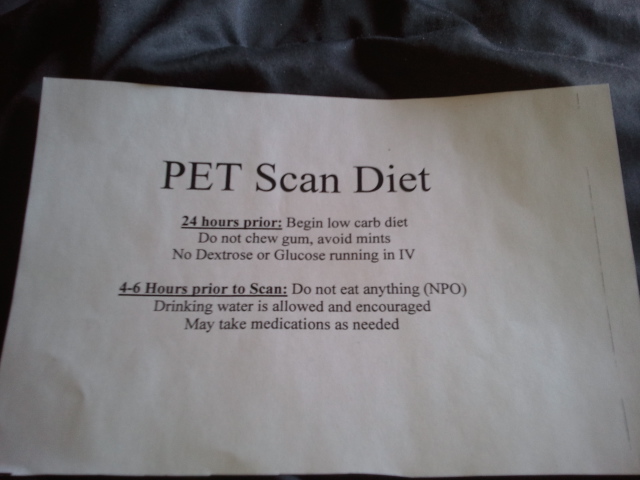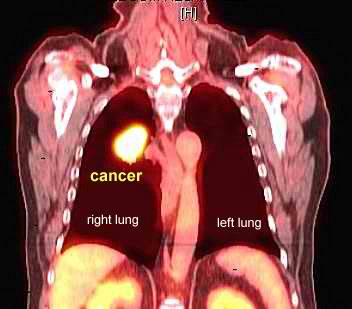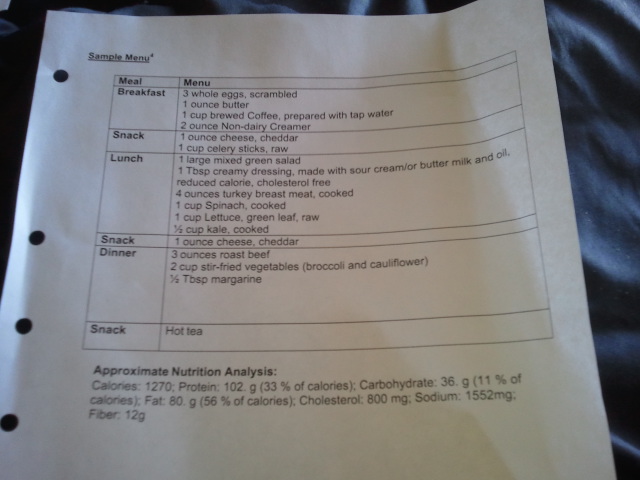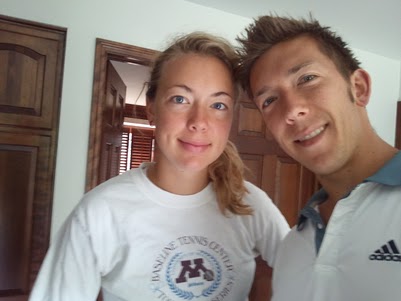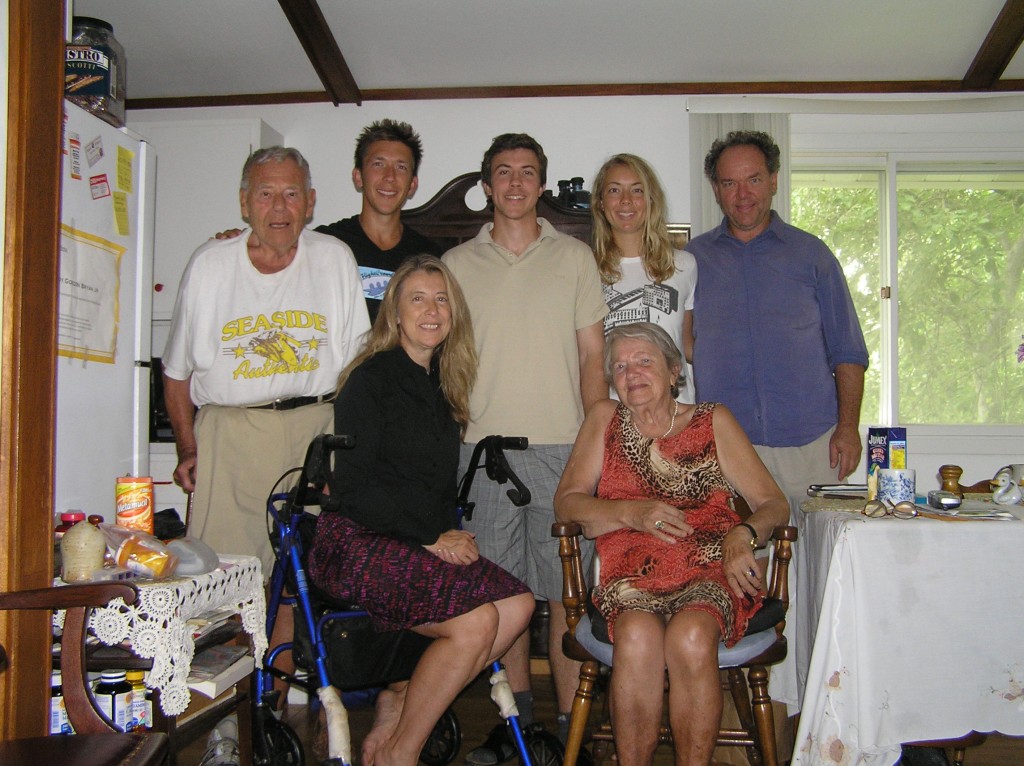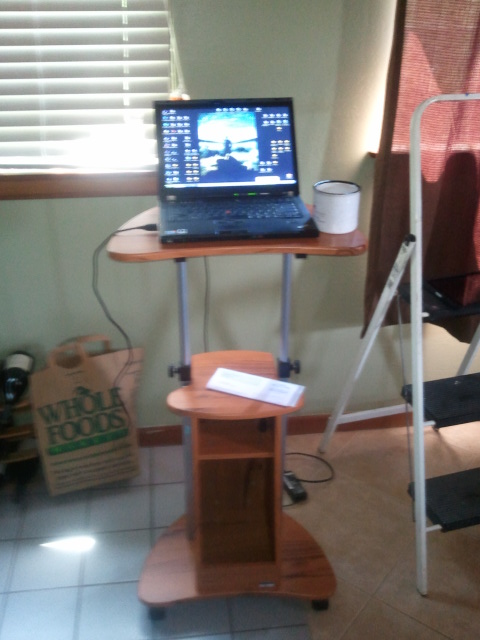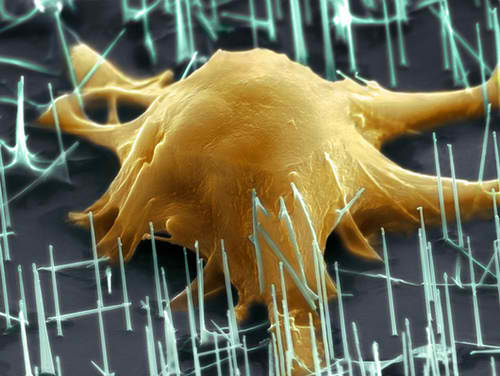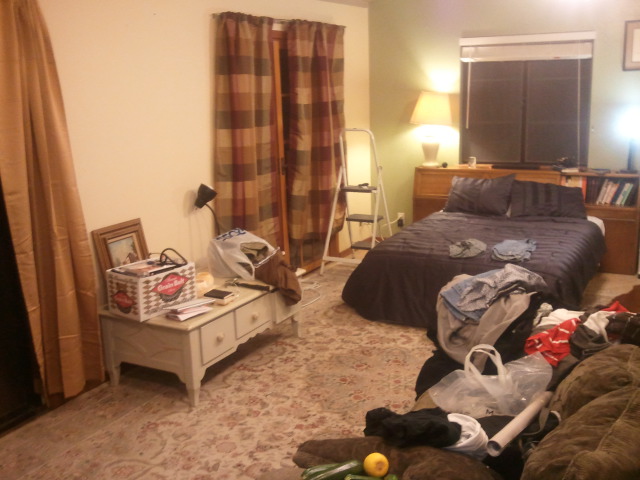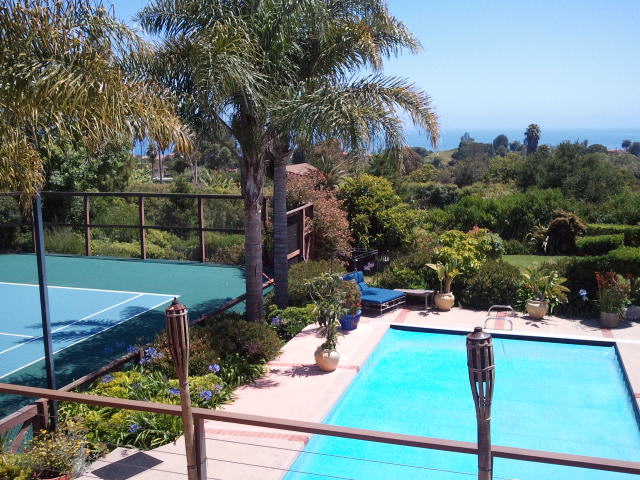I’ve been MIA the past month or so, intern year is a little more demanding than I initially thought. However, each day is exciting and I really enjoy the work. I try not to turn on auto-pilot each day, trudging through the workload. So….I was proud of myself when I was examining the signage outside the rooms on the Oncology Unit.
Almost all of the cancer patients at the hospital end up getting multiple PET scans to stage or monitor the treatment of their cancer. The PET scan is pretty cool. The patient gets an IV dose of altered glucose with radioactive fluorine attached, the glucose is preferentially taken up by cancer cells as they require glucose to function and cannot use other fuel such as ketones, fatty acids, etc. The cancer cells have a higher metabolism than most normal tissue and so the radioactivity of the fluorinated glucose can be seen in areas where tumor is located.
The fluorinated glucose is excreted by the kidneys so you can see them light up, but the lung cancer is extremely bright telling the doctors where the cancer is.
What I found interesting is the pre-PET scan diet…low carb with only 11% of calories from carbohydrate for 24 hours before the scan. This allows your normal tissue to start running on alternative fuel sources such as ketones and fatty acids. This helps enhance the contrast between cancer and background uptake of the fluorinated glucose because the cancer HAS to use the fluorinated glucose whereas the normal tissues can continue rolling on fatty acids and ketones. This allows for the best possible PET scan picture because the cancer stands out that much more.
Finally, the last 6 hours before the test the patient must fast to further hammer home the contrast. The normal tissue will be functioning completely on ketone bodies. Again, this allows the cancer to preferentially consume the fluorinated glucose (“radiotracer”) to provide the best picture possible.
This completely takes advantage of the Warburg effect. Cancer cells must have glucose for glycolysis, while other cells can use alternative fuel.
The diet effectively “starves the cancer” as much as possible so it is “hungry” for the fluorinated glucose. Take a look at the typical menu for the PET scan diet.
Wow, looks a lot like my daily diet. Now, get this….
Nutritionally inadequate??? Ha, I dropped 100 lbs and feel better than ever on this diet. The periodic 24 hour fasts go further to provide that last nail in the coffin to safeguard the body from abnormal hormone levels and provide a hormetic stimulus.
I would think that if I had cancer I would want to be on the diet that starved the cancer as much as possible. In addition, I think chemo regimens should be tested with a combination of 75/20/5 diet (fat/protein/carb) with metformin. Metformin will decrease gluconeogenesis further, lowering the amount of glucose the liver makes in response to starvation.
I think the PET scan diet may even PREVENT cancer. Low insulin levels combined with low levels of cancer fuel are a great combination to stay cancer free.
As Warburg states…it’s just a hypothesis…but I’m sticking with it until proven otherwise.
